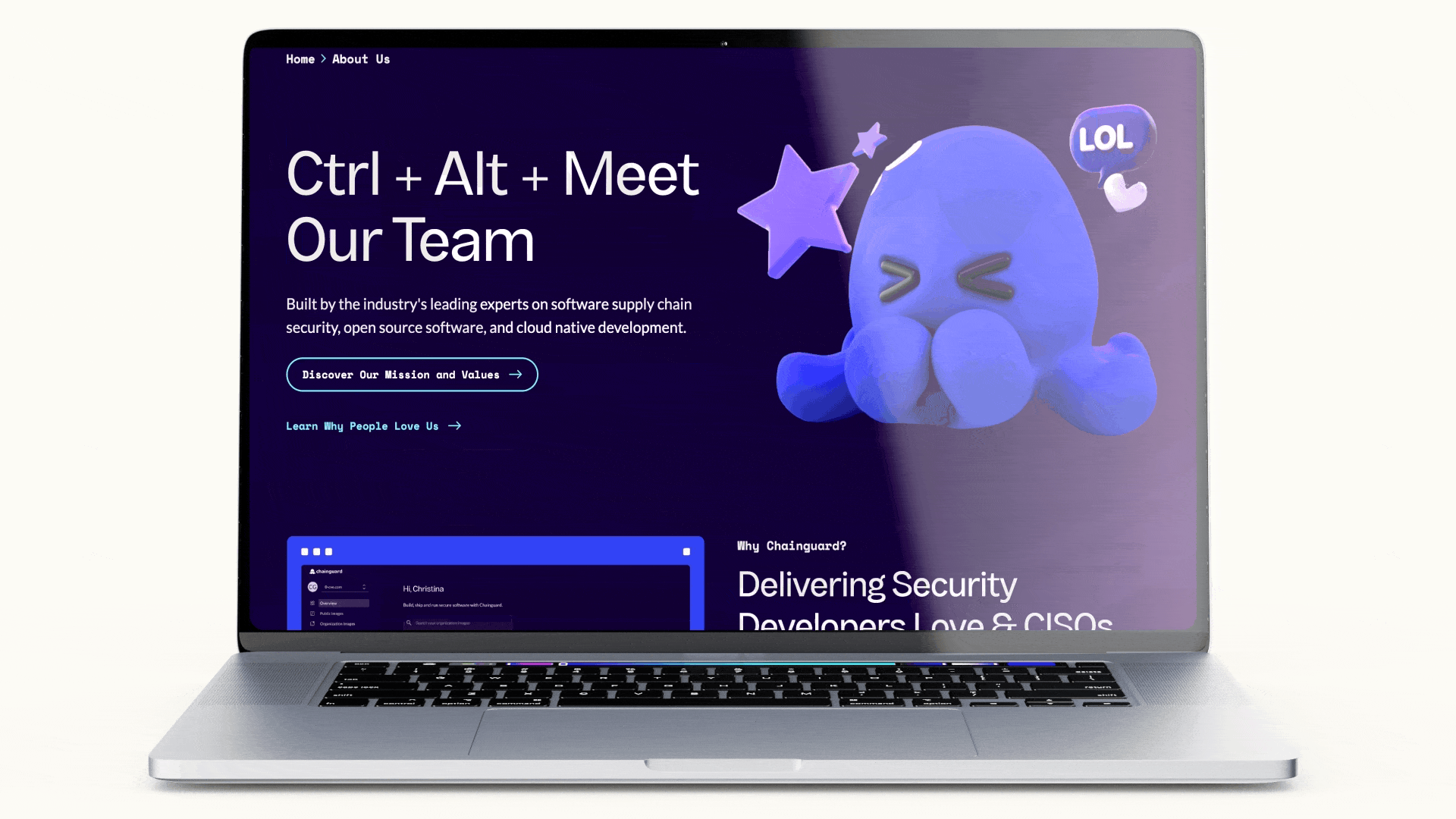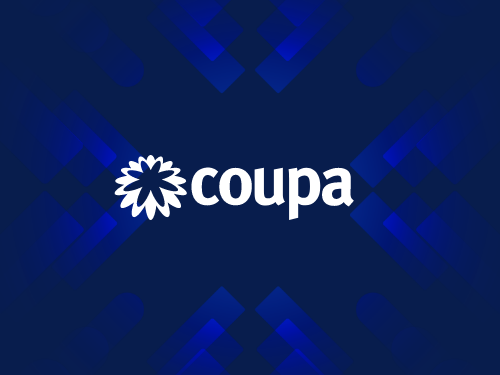In today’s digital-first world, content marketing is a critical driver of brand awareness, customer engagement, and lead generation. However, without a structured framework, businesses often struggle to maintain consistency, measure performance, and scale content efforts effectively. A well-defined content marketing framework ensures a strategic, organized, and data-driven approach to content creation, distribution, and optimization. In this guide, we’ll explore the key components of a successful content marketing framework and how businesses can leverage best practices to maximize impact.
What Is a Content Marketing Framework?
A content marketing framework is a structured system that guides the creation, management, and distribution of content to achieve business goals. It ensures that content aligns with brand messaging, resonates with target audiences, and drives measurable results. A strong framework helps businesses streamline content workflows, improve efficiency, and scale their marketing efforts effectively.

Key Benefits of a Content Marketing Framework:
- Enhances consistency across content channels
- Improves efficiency and scalability
- Aligns content efforts with business objectives
- Enables better tracking and measurement of success
- Helps optimize content for search engines and user engagement
Key Components of an Effective Content Marketing Framework
1. Strategy & Planning
Before creating content, businesses must define their objectives, target audience, and key performance indicators (KPIs). A well-crafted strategy ensures that every piece of content serves a purpose and aligns with broader business goals.
- Define objectives: Brand awareness, lead generation, customer retention, SEO performance
- Identify target audience personas: Demographics, pain points, content preferences
- Develop a content calendar: Plan topics, formats, and publishing schedules
2. Content Creation & Workflow
A structured workflow streamlines content production and ensures quality and consistency.
- Develop a content pipeline: Assign roles for ideation, writing, editing, and approval
- Leverage AI and automation tools: Improve efficiency with AI-driven content creation
- Optimize for multiple formats: Blogs, videos, social media, whitepapers, and more
3. Content Distribution Strategy
Creating high-quality content is only half the battle; distributing it effectively maximizes reach and impact.
- Owned media: Website, blog, email newsletters
- Earned media: PR coverage, guest blogs, influencer collaborations
- Paid media: Social media ads, sponsored content, PPC campaigns
- SEO optimization: Keyword integration, metadata optimization, internal linking
4. Performance Measurement & Analytics
Tracking content performance enables continuous optimization and better decision-making.
- Key metrics: Engagement rate, conversion rate, organic traffic, bounce rate
- Analytics tools: Google Analytics, SEMrush, HubSpot, Ahrefs
- A/B testing: Experiment with headlines, CTAs, and content formats
5. Governance & Optimization
A governance model ensures consistency, quality, and compliance across all content.
- Maintain brand voice and tone: Consistent messaging across platforms
- Repurpose and update content: Maximize value from existing assets
- Ensure legal and compliance standards: Industry regulations, copyright laws
Master Your Content Strategy & Drive Results
A well-structured content marketing framework is the foundation of a successful digital strategy. By implementing a strategic approach to content creation, distribution, and measurement, businesses can maximize their marketing impact, enhance audience engagement, and drive meaningful results.
Looking to refine your content marketing strategy? Contact Bluetext today to build a framework tailored to your business goals.





